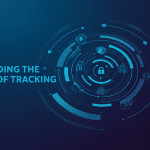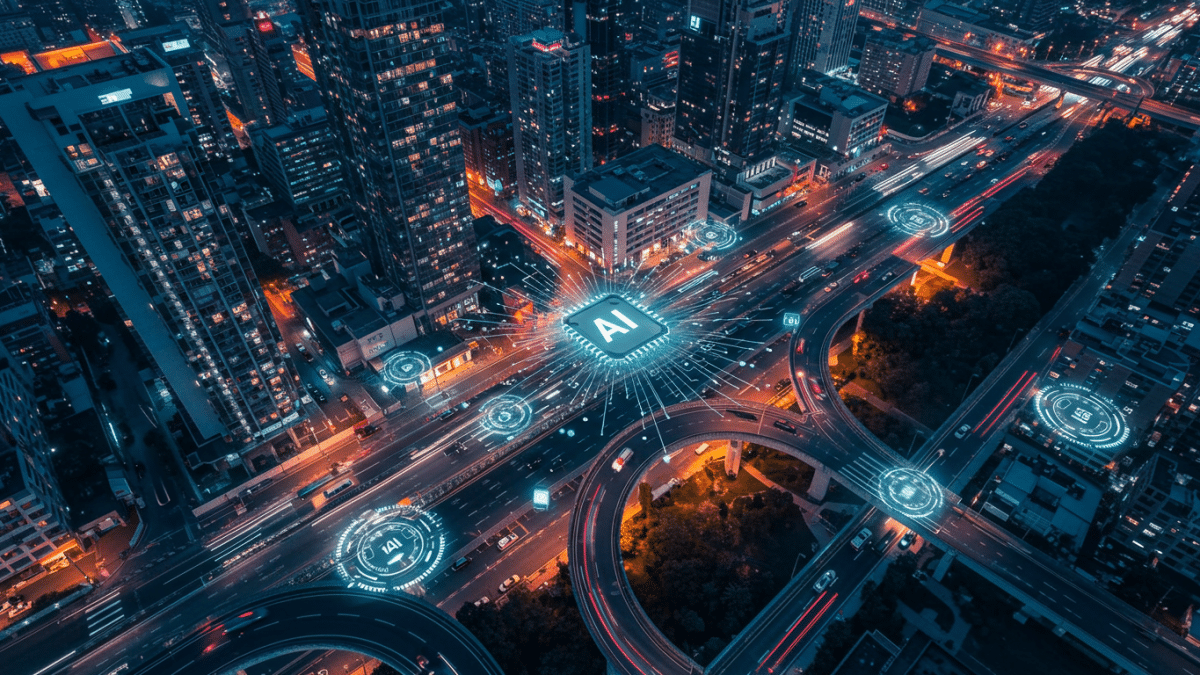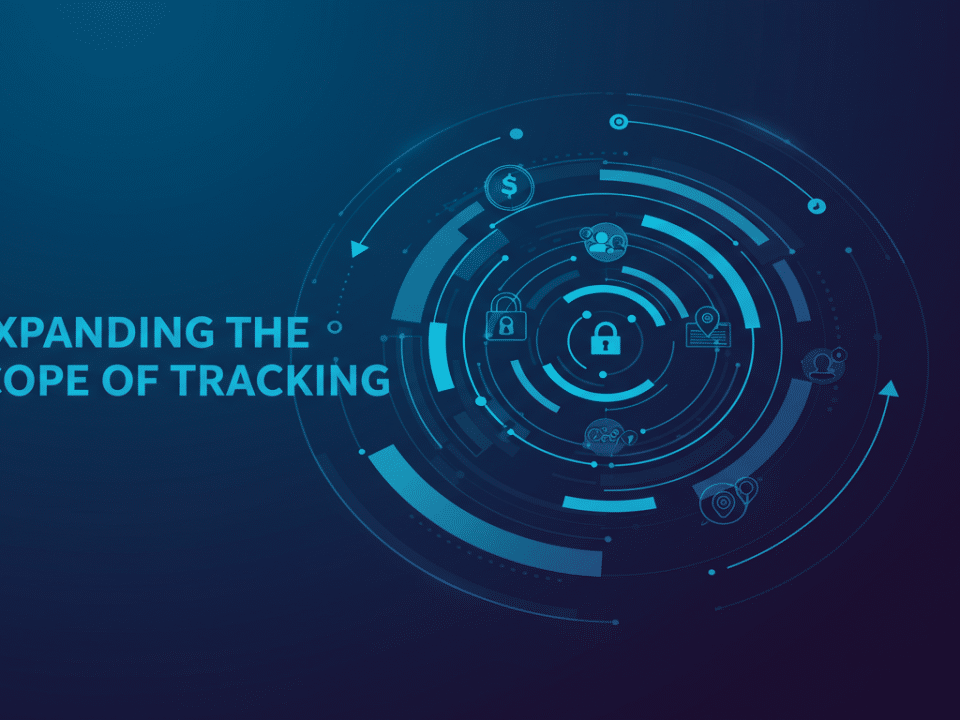
Device Code Phishing: A New Threat to Your Business
February 18, 2025
Google’s Expanding Tracking: What It Means for Your Privacy and Cybersecurity
February 20, 2025Artificial intelligence (AI) is rapidly changing the world around us, and its impact on cybersecurity is no exception. While AI has the potential to revolutionize our defenses against cyber threats, it also introduces a new set of vulnerabilities that we need to be prepared for.
As the owner and founder of Krypto IT, a leading cybersecurity firm, I’m often asked about the implications of AI for our clients’ security. The truth is that the AI hype frenzy is creating a double-edged sword. On one hand, AI can help us analyze massive amounts of data, identify patterns, and detect threats more efficiently than ever before. On the other hand, cybercriminals are also leveraging AI to launch more sophisticated and targeted attacks.
What new vulnerabilities is AI introducing?
One of the most significant risks associated with AI is the potential for adversarial attacks. These attacks exploit vulnerabilities in AI algorithms to manipulate or deceive the system. For example, attackers could introduce subtle changes to an image or audio file that are imperceptible to humans but cause an AI system to misclassify it. This could have serious consequences in applications like autonomous driving or medical diagnosis.
Another concern is the use of AI to create deepfakes. These are highly realistic fake videos or audio recordings that can be used to spread misinformation, manipulate public opinion, or even impersonate individuals for malicious purposes. Deepfakes are becoming increasingly difficult to detect, and they pose a serious threat to our trust in digital media.
What other types of threats may be developed using AI?
AI can also be used to automate and enhance existing cyberattacks. For example, AI-powered phishing attacks can be more targeted and convincing, making it harder for users to identify them. AI can also be used to generate malicious code, launch denial-of-service attacks, or even exploit vulnerabilities in software and hardware.
One of the most alarming possibilities is the development of AI-powered malware. This type of malware could be capable of learning and adapting to its environment, making it much harder to detect and prevent. It could also be used to launch highly targeted attacks against specific individuals or organizations.
What steps can one take to mitigate these new threats?
The good news is that there are steps we can take to mitigate the risks associated with AI. These include:
- Investing in AI-powered cybersecurity solutions: AI can be used to enhance our defenses against cyberattacks by analyzing data, identifying patterns, and detecting threats more efficiently.
- Educating employees about AI-related threats: It’s essential to educate employees about the potential risks of AI, such as deepfakes and phishing attacks, and how to identify and avoid them.
- Developing ethical guidelines for the use of AI in cybersecurity: It’s important to ensure that AI is used responsibly and ethically in cybersecurity, and that it doesn’t create new vulnerabilities or exacerbate existing ones.
- Staying informed about the latest developments in AI and cybersecurity: The field of AI is constantly evolving, so it’s crucial to stay informed about the latest developments and threats.
Don’t wait until it’s too late. Contact Krypto IT today for a free consultation and learn how we can help you protect your business from the next generation of cyber threats.
#AI #cybersecurity #deepfakes #phishing #malware #KryptoIT




